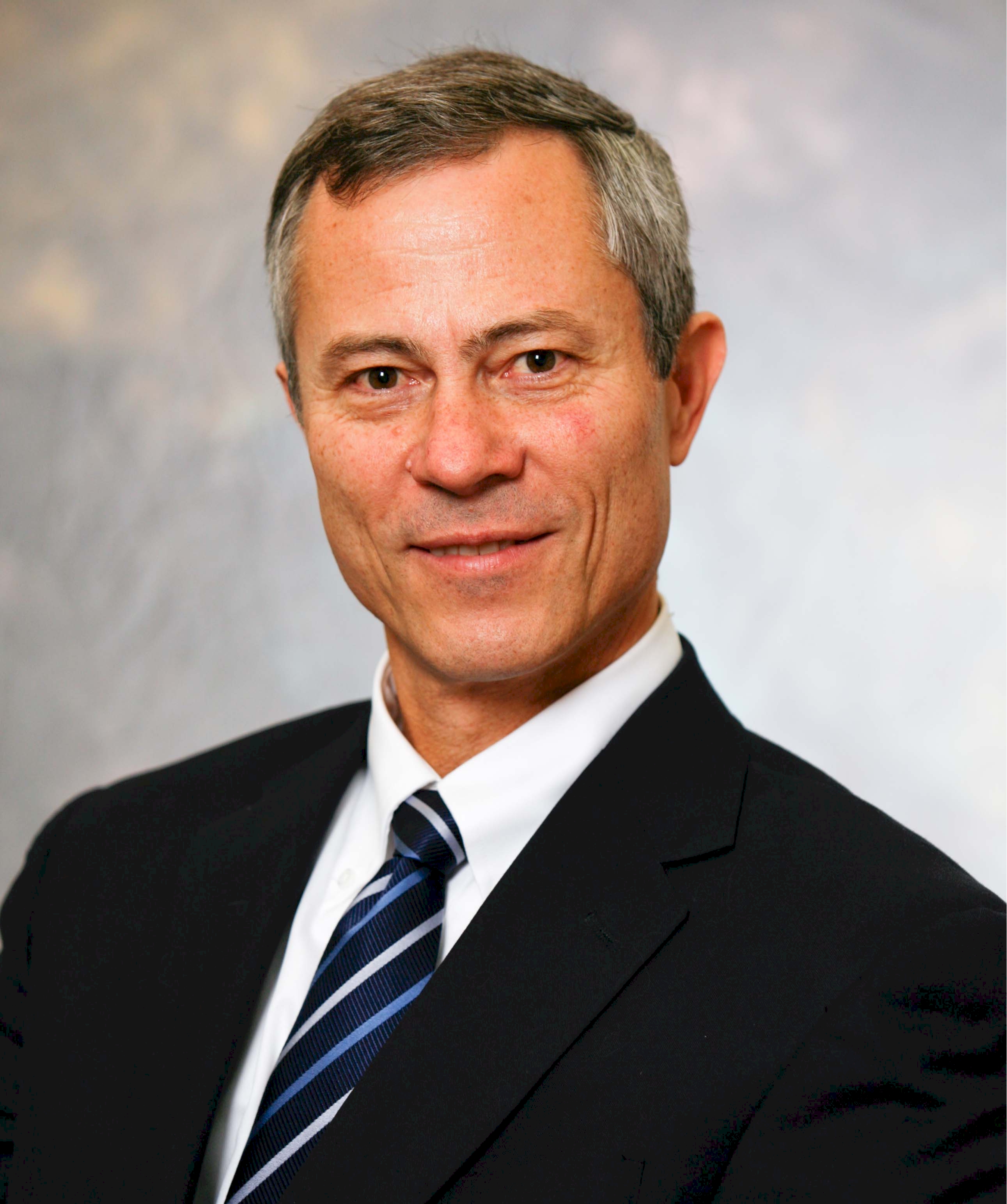Ken Sakai

Mechanism of CO2 Reduction by Molecular Catalysts in Water
Department of Chemistry, Faculty of Science, Kyushu University
Global warming is giving serious damages to our planet by causing various exceptional life-threatening disasters, such as heavy rain, flood, landslides, heat waves, droughts, wildfires, and so forth. Technological innovations capable of decreasing the atmospheric greenhouse gases and achieving the sustainable carbon-neutral energy cycles are the urgent demands to overcome. Besides our extended studies on photocatalytic hydrogen and oxygen evolution from water, we reported on the effective catalytic performances of cobalt porphyrins in selective catalytic CO2 reduction to CO. Some water-soluble catalysts were found to serve as outstanding catalysts showing high selectivity to CO2 reduction versus water reduction even under fully aqueous media. We futher confirmed that the formate forms via the nucleophilic attack of a metal-hydride at the carbon center of CO2 rather than the classically accepted pathway via the insertion of CO2 into a metal-hydride bond. The CO2 reduction to formate were shown to undergo via the M-H attack with the lack of any O(formate)-coordinated products and directly ends up with the release of formate, demonstrating the outstanding efficiencies of these catalysts in the CO2-to-HCOOH conversion. Water-soluble Rh(Cp*)(bpy)Cl derivatives were also shown to shown a unique water-induced high selectivity in CO2-to-HCOOH conversion.
» Ken's Website
Marcella Bonchio

Professor, University of Padova, Consorzio Interuniversitario Nazionale per la Scienza e Tecnologia dei Materiali, Italy
Supramolecular photosynthesis: the quantasome vision
Photosystem II (PSII) organization in natural thylakoids sets key guidelines to rethink the molecular design of innovative artificial photo-electrolysers. Building on the early “quantasome” hypothesis (Science 1964, 144, 1009-1011), PSII mimicry can be pared down to essentials by shaping a photocatalytic ensemble (from the Greek term ”soma”= body) where light-quanta trigger a water oxidation.1-4 We have recently reported on PSII-inspired nanodimensional quantasomes (QS) that readily self-assemble into hierarchical photosynthetic nano-stacks, made of bis-cationic perylenebisimides as chromophores and deca-anionic tetraruthenate polyoxometalates (Ru4POM) as water oxidation catalysts.2-4 A combined supramolecular and click-chemistry strategy allows to interlock the multi-lamellar architecture emerging from the perylene aromatic stacking in water, while installing tetraethylene glycol (TEG) cross-linkers thus enhancing water harvesting and transport in proximity of the oxygen evolving center. The resulting nanostacks evolve oxygen using low energy green photons (λ > 450 nm, FEO2 > 95 %).4-5 Action spectra, mass-activity, light-management, photoelectrochemical impedance spectroscopy (PEIS) together with Raman mapping of hydration shells, point to a key role of the supramolecular nano-arrays, where the interplay of hydrophilic, hydrophobic domains is reminiscent of PSII-rich natural thylakoids.1-5
References
(1) Gobbato, T.; Volpato, G;. Sartorel, A., Bonchio, M. Chem. Sci. 2023, 14, 12402–12429.
(2) Bonchio, M.; Sartorel, A.; Prato, M. et al. Nature Chemistry 2019, 11, 146–153.
(3) Gobbo, P.; Bonchio, M.; Mann, S. et al. Nature Commun 2020, 11, 41–43.
(4) GobbatoT.; Rigodanza F.; Benazzi, E.; Prato, M.; Bonchio M. et al. J. Am Chem. Soc. 2022, 144, 14021–14025.
(5) Ranscht A.; Rigodanza F.; GobbatoT.; Crea I.; Quadrelli E. A.; Canivet J.; Bonchio M. Chem. Eur. J. 2024, e202303784.
» Marcella's Website
Gary Brudvig

Water Oxidation Catalysis for Solar Energy Applications
Department of Chemistry, Department of Molecular Biophysics & Biochemistry, and Yale Energy Sciences Institute, Yale University, New Haven, CT USA
Devising cost-effective methods for efficiently capturing and storing solar energy is among the grand challenges of science. We are using insights from studies of natural photosynthetic systems to develop bioinspired materials for photo-electrochemical water oxidation and solar fuel production by using molecular catalysts and dyes attached to mesoporous metal oxide photoanodes. Molecular catalysts are known for their high activity and tunability, but their solubility and limited stability often restrict their use in practical applications. We are developing anchoring chemistry to attach molecular water oxidation catalysts to metal oxide surfaces, which not only greatly increases the stability of the molecular catalyst but also improves the catalytic performance of the oxide material. Our progress on the development and characterization of molecular water and ammonia oxidation catalysts and their use in materials for artificial photosynthesis will be discussed.
» Gary's Website
Licheng Sun

Professor, Westlake University, China
Catalytic water splitting and mechanisms of O-O bond formation--from natural to artificial photosynthesis
To generate solar fuels, such as green H2, green MeOH, or green NH3 by the reduction of respective H2O, CO2, or N2, we need green electrons and green protons which can be obtained through water oxidation driven directly or indirectly by sustainable energy sources such as solar and wind power. To oxidize water more efficiently and economically, a catalyst is required. In photosystem II, nature uses a Mn4CaO5 as the water oxidation catalyst to generate green electrons and green protons in the forms of NAD(P)H and ATP, which in turn drive the reduction of CO2, producing biomass. In this talk, our recent studies on the water oxidation mechanisms in photosystem II and the missing steps in the catalytical cycle will be presented. Our efforts of several decades in the design and synthesis of man-made molecular catalysts for water oxidation, O-O bond formation mechanisms and their assemblies in functional devices like photoelectrochemical (PEC) cells, anion exchange membrane water electrolyzers (AEM-WE) will be discussed. Recent progress on material-based catalysts, particularly for the oxidation and reduction of biomass derived 5-hydroxymethylfurfural (HMF) into respective furandicarboxylic acid (FDCA) and 2,5-bishydroxymethylfuran (BHMF) will be illustrated. Approach for electrochemical driven regeneration of NADH coupled with enzyme mediated CO2 reduction into value-added C3-C4 compounds will be presented.
» Licheng's Website
Scope of Our Syposium

The next generation of solar energy conversion schemes calls for a unifying vision, dissecting a multi-level chemical complexity by: (i) optimization of each “a-solo” components (photoadsorbers, multi-redox catalysts, electron/proton relays, semiconductors, conductive scaffolds); (ii) their sophisticated assemblies (photo-induced charge separation and transport, oxidative/reductive catalysis, photoprotection) and (iii) the orchestration of a mechanistic cascade for efficient solar-to-fuel energy storage. This symposium focuses on the organic-inorganic interfaces at the frontier of molecular and materials science enabling the “green shift” of Artificial Photosynthesis. Scientific sessions involve world recognized experts and emerging investigators covering the fields of photo-(electro)catalysis applied to water splitting and CO2 reduction, supramolecular sciences, and photo-biology, key technologies and advanced characterization methods (nanosciences, electrochemistry, photochemistry, advanced spectroscopy and computational modelling).





